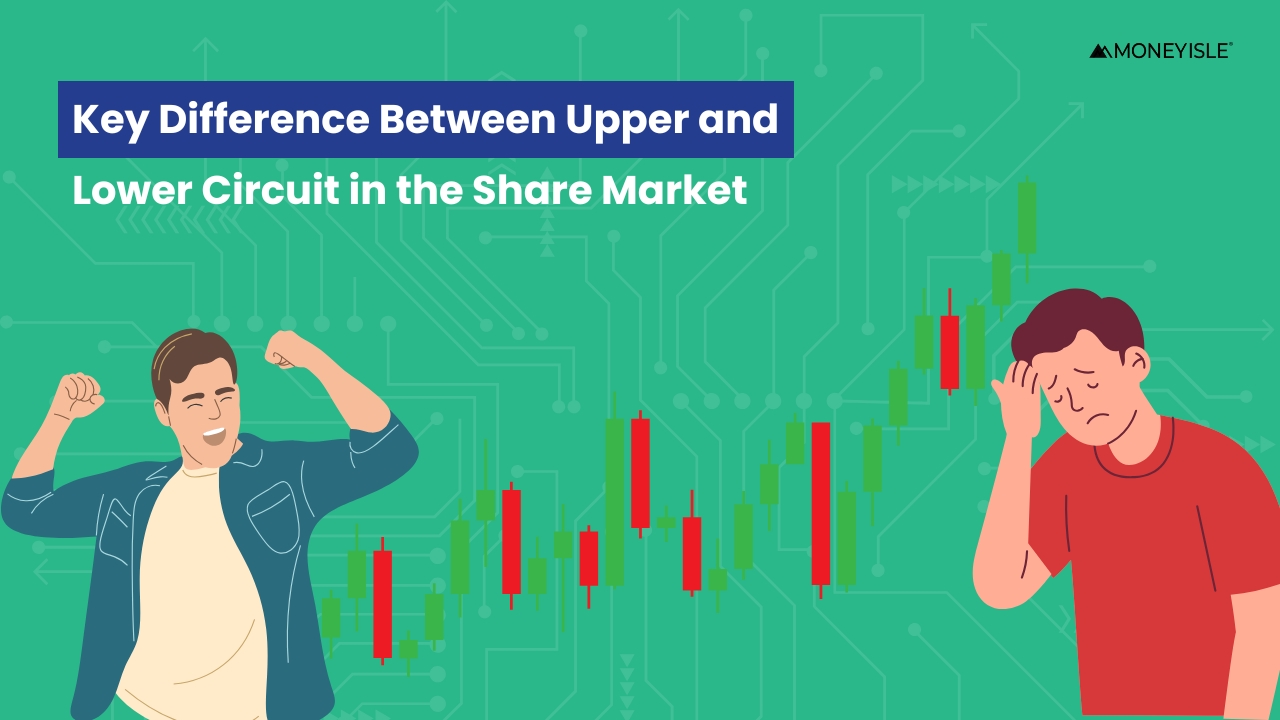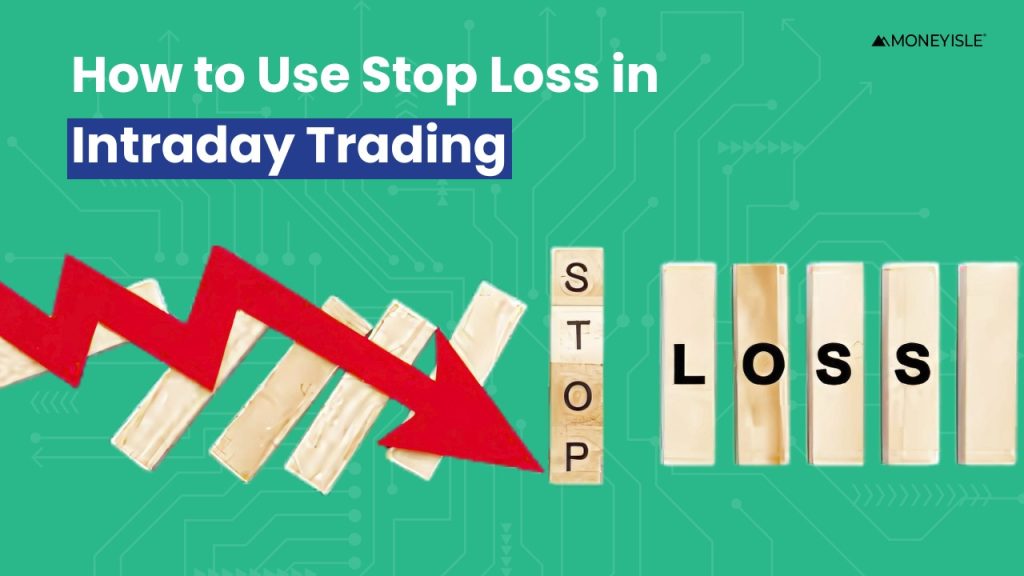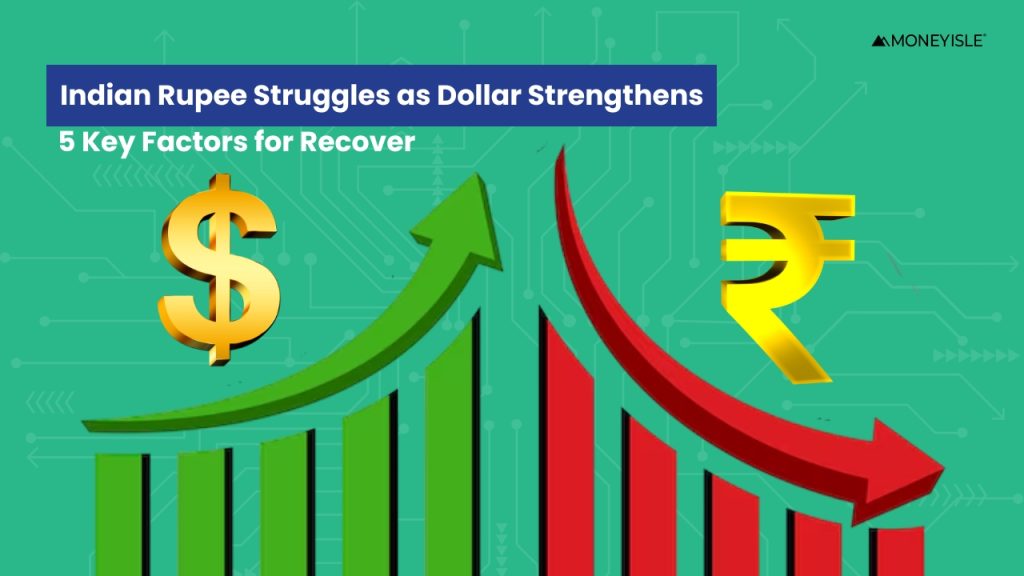The stock market is a dynamic arena where prices of shares fluctuate based on various factors like demand and supply, investor sentiment, economic indicators, corporate announcements, and global cues. However, to prevent excessive volatility and protect retail investors, the stock exchanges in India have introduced circuit limits, also known as price bands. These limits are divided into two types Upper Circuit and Lower Circuit.. Understanding these two key terms is essential for every trader and investor Stock Market investment plan in india . to avoid being caught in high-risk trades or panic-driven sell-offs. Let’s dive deep into what these terms mean and what sets them apart.
What is a Circuit Limit in the Stock Market?
A circuit limit is a pre-defined price band set by the stock exchanges (like NSE or BSE) to restrict the price movement of a stock or index during a trading session. stock market trading If the stock hits the maximum price limit, it enters an Upper Circuit, and if it hits the minimum price limit, it enters a Lower Circuit. Once this happens, trading in that stock may be temporarily halted or restricted to prevent further movement beyond the set limit.These limits help curb excessive speculation and maintain market stability, especially during times of news-driven panic or irrational exuberance.
Circuit limits play a crucial role in safeguarding retail investors from sharp price swings. They act as a cooling-off mechanism, giving traders time to assess news or developments before making hasty decisions. The limits vary depending on the stock’s volatility and liquidity, and are monitored by SEBI. Overall, circuit limits promote fair trading practices and prevent extreme market manipulation, fostering investor confidence.
What is an Upper Circuit?
An Upper Circuit is the highest price a stock can reach on a given trading day. When a stock hits its upper circuit limit, it signals that buyers are aggressively trying to purchase the stock, and no sellers are willing to sell at higher prices.
Example:
If a stock closes at ₹200 and has a 10% upper circuit, the highest it can go the next day is ₹220. Once it touches ₹220, it hits the upper circuit and cannot be traded above that level unless the exchange revises the limits mutual fund calculator.
Why It Happens:
- Positive company news (e.g., profits, acquisitions)
- Strong earnings
- Market rumors
- Bullish sentiment
- Limited stock float
Impact on Investors:
- Buying opportunities may vanish quickly.
- Liquidity gets restricted; only existing holders benefit.
- Retail investors might miss out if they are late to enter.
What is a Lower Circuit?
A Lower Circuit is a pre-defined limit set by stock exchanges to cap how much a stock’s price can fall during a single trading session. When a stock hits its lower circuit, it means that the maximum permissible decline for that day has been reached, and no further sell orders can be executed below that price. broker stock marketThis mechanism is implemented to curb panic selling, reduce extreme volatility, and protect investors from significant losses.
For example, if a stock closes at ₹200 and has a 10% lower circuit, it cannot fall below ₹180 on the next trading day. Once this price is reached, trading may be halted temporarily or restricted, depending on exchange policies. Lower circuits are usually triggered by negative news such as poor earnings, regulatory actions, fraud, or broader market downturns. During such times, sellers rush to exit their positions, while buyers hesitate, creating an imbalance in demand and supply investing in share market.
The impact on investors can be significant. Since there are few or no buyers when a stock hits the lower circuit, investors holding the stock may find it difficult to sell, leading to stuck positions. This can trigger further panic, especially among retail investors brokerage account.
Lower circuits are part of a broader risk management framework, including upper circuits and index-based circuit breakers. These tools aim to bring stability to the market and give participants time to assess the situation rationally.
Understanding how lower circuits work helps investors avoid emotional decision-making and better manage risk in volatile markets.
Example:
If a stock closes at ₹200 and has a 10% lower circuit, it can drop to ₹180 at most in a single day. After that, no further downward trades are permitted.
Why It Happens:
- Poor financial performance
- Regulatory issues
- Bad news or frauds
- Bearish market sentiment
- Fear among investors
Impact on Investors:
- Difficulty in selling stocks
- Holding gets stuck due to no buyers
- Can trigger panic among retail investors
Key Differences Between Upper and Lower Circuit
How Are Circuit Limits Determined?
The circuit limits are predefined by the exchanges under the guidelines of SEBI. The limits can vary based on the stock’s risk and volatility. The usual circuit bands are set at:
Stocks that are part of derivatives (F&O) segment do not have fixed price bands, but exchanges can place dynamic circuit filters if needed.
For major indices like Nifty or Sensex, index-based circuit breakers are used. If the index moves beyond 10%, 15%, or 20%, the entire market may be halted temporarily systematic investment plan calculator .
Why Circuit Breakers Are Necessary
- Protect Retail Investors: Prevents heavy losses in case of panic selling.
- Reduces Speculation: Stops manipulation and excessive volatility.
- Gives Time to React: Offers cooling-off time during market stress.
- Market Stability: Maintains fair and orderly trading conditions.
Tips for Investors Dealing with Circuits
- Track Stock Movement: Keep an eye on stocks nearing circuit limits.
- Avoid Herd Mentality: Don’t rush to buy a stock just because it hit an upper circuit.
- Check Fundamentals: Circuits can be temporary; verify if movement is backed by real news.
- Use Limit Orders: During high volatility, always place limit orders to avoid execution at extreme prices.
Conclusion
The concept of upper and lower circuits plays a crucial role in protecting market integrity. While they can sometimes restrict trading opportunities, their primary goal is to safeguard investors and reduce market manipulation. Understanding the differences and knowing how to react when a stock hits its circuit limit can help you make smarter investment decisions.Whether you’re a seasoned trader or a first-time investor, being aware of how circuits work is essential in today’s fast-paced stock markets.
At MoneyIsle, we believe that smart investing should be simple, secure, and accessible to everyone. As a new-age financial services platform, we empower individuals across India to take control of their wealth through a wide range of investment products — including mutual funds in india, mutual funds,IPOs, and global investing — all through a seamless and intuitive digital experience.
Our mission is to bridge the gap between traditional investing and the modern investor’s expectations. With advanced technology, real-time insights, and transparent pricing, we aim to make investing not only easier but also more rewarding.Backed by industry experts and driven by innovation, MoneyIsle is committed to building a trusted financial ecosystem where users can manage, grow, and track their investment portfolios effortlessly.Whether you’re just getting started or looking to expand your portfolio, MoneyIsle is your one-stop platform for smarter investing.











